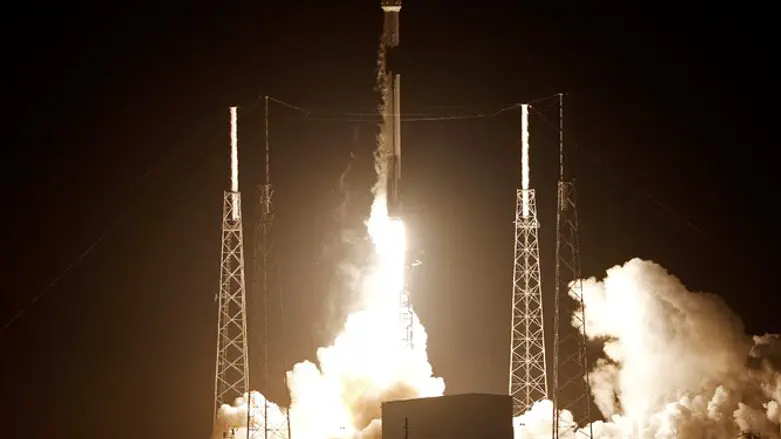
A NASA piggyback experiment that was fastened to the top of the Israeli spacecraft “Beresheet” may have survived the spacecraft’s failed lunar landing, experts said.
Beresheet was minutes away from landing on the moon on April 11 when contact was lost with the spacecraft and it crashed onto the moon’s surface.
The spacecraft had carried a "time capsule" containing digital files including a Bible, children's drawings, Israeli songs, the memoirs of a Holocaust survivor, and a blue-and-white Israeli flag.
According to Space.com, a NASA device known as a Lunar Retroreflector Array (LRA) had also been attached to the top of the spacecraft.
The LRA experiment, composed of eight mirrors in a dome-shaped aluminum frame, aims to serve as a marker for other spacecraft during landing. It is smaller than a computer mouse and lightweight.
Researchers now believe that the device may have survived the crash.
"Yes, we believe the laser reflector array would have survived the crash, although it may have separated from the main spacecraft body," David Smith, principal investigator of the Lunar Orbiter Laser Altimeter (LOLA) instrument aboard NASA's Lunar Reconnaissance Orbiter (LRO) spacecraft, told Inside Outer Space.
"Of course, we do not know the orientation of the array," he added. "It could be upside down, but it has a 120-degree angle of reception, and we only need 1 of the 0.5-inch cubes for detection. But it has certainly not made it any easier."
He added that the LOLA team would start planning observations to find the LRA soon.